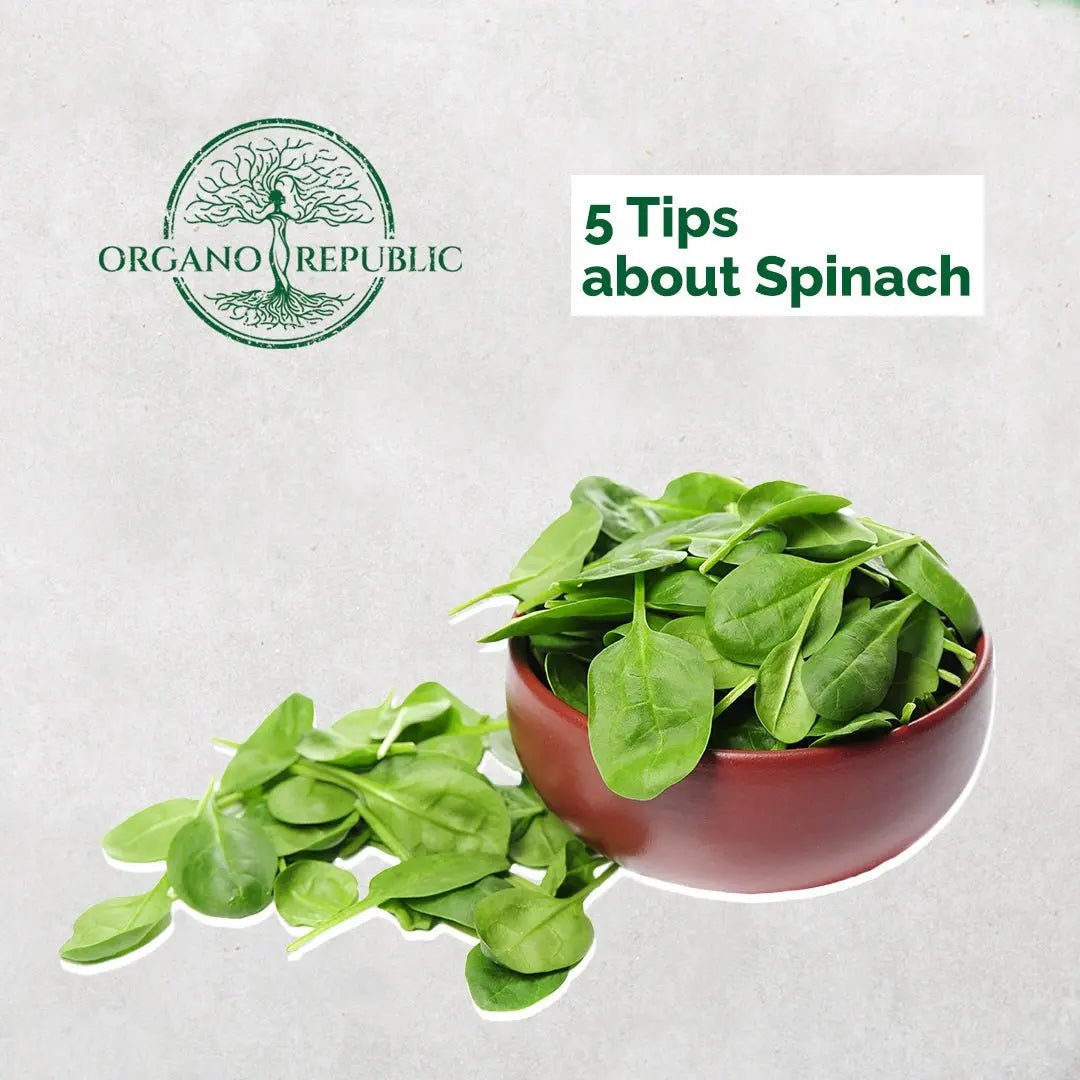- Spinach is frost-hardy, prefers full sun, grows in partial shade in warm regions. The ideal weather for growing spinach is 50 to 70 ° F (10 to 21 ° C).
- Prepare a well-drained loamy soil rich in organic matter for planting. Add two inches of aged compost to the beds before planting, then flip the soil 12 inches (30 cm) deep.
- Spinach loves moisture. So to help spinach grow faster, keep the soil constantly moist.
- A layer of straw mulch will protect the leaves from contamination. To avoid damaging the feeding roots, you should cut the surrounding weeds, not dug them out.
- Grow spinach with other greens, or plant spinach in the shade of tall crops such as corn or beans.
Related Products
- $29.99
$37.99- $29.99
- Unit price
- per
- $24.99
$29.99- $24.99
- Unit price
- per
- $17.99
$21.99- $17.99
- Unit price
- per
- $22.99
$24.99- $22.99
- Unit price
- per
- Choosing a selection results in a full page refresh.








